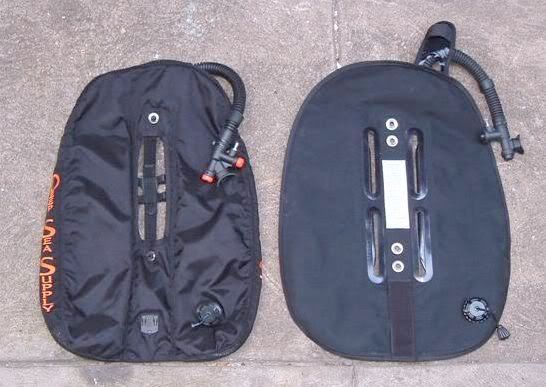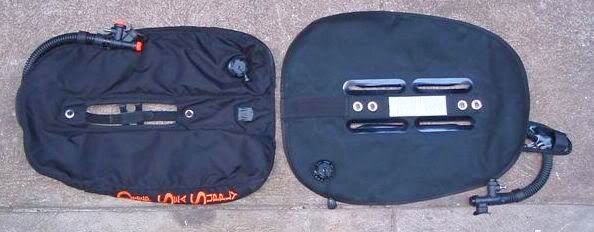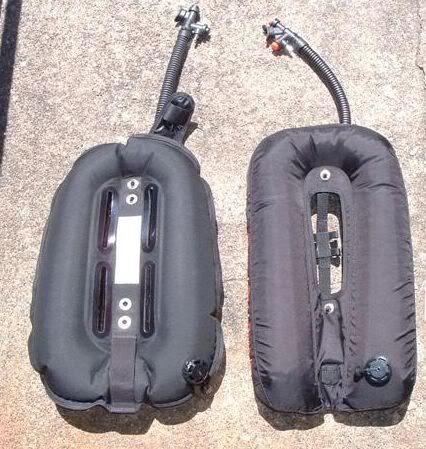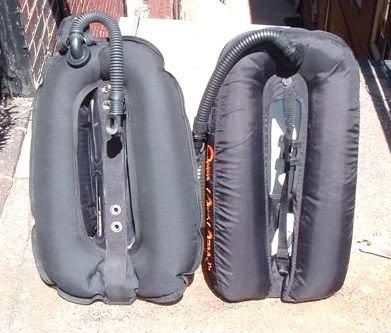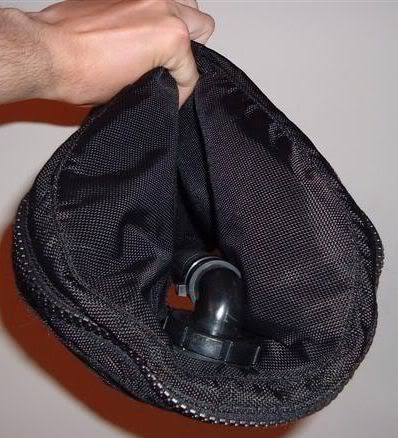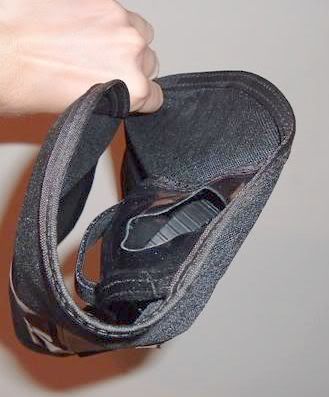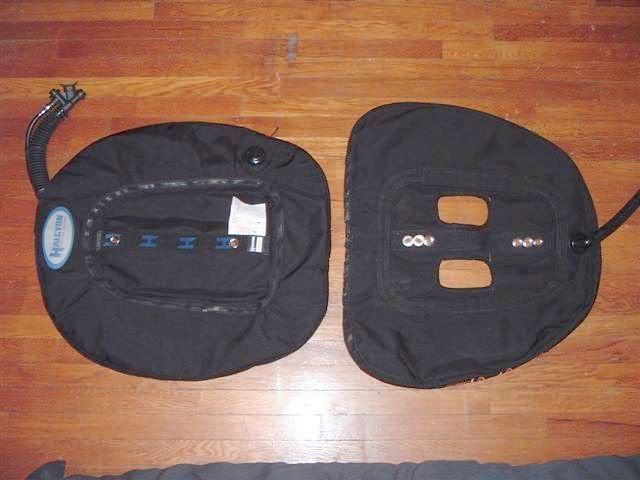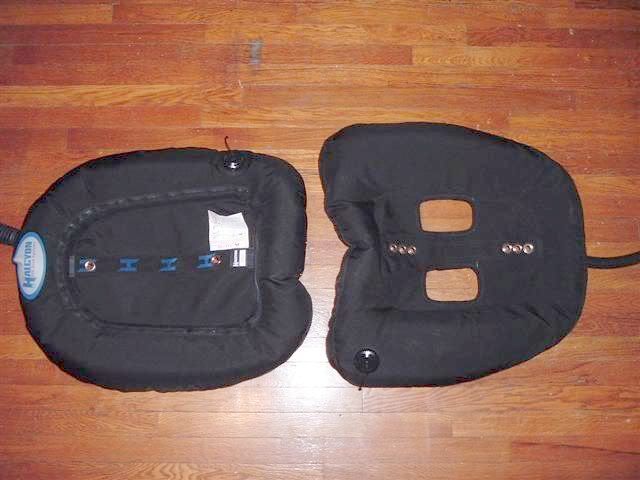*Floater*
Contributor
Motivation: Divers, especially new divers, often have no way to properly compare the different wings on the market. They can ask for opinions, but most people here have only used one or two wings and often recommend the one they own. Some pictures are usually available on sellers' web sites, but they are hardly definitive and rarely do you find information about the wings' proper dimensions and even the nominal lift capacity is often inaccurate. Therefore I want people to post pics and measures of their wings. For some super quick and easy photo software I recommend the following;
Helpful utilities:
A. InfranView. It's free, and super fast for viewing and cropping pics - Photoshop takes too long to open on my computer.
B. Image Resizer utility for Windows XP. It add a resize option to your menu when you right click on a file; I always just use the small size for photos I post here.
What to post and measure:
1. Please post a pic of your singles wings next to each other empty, same with doubles wings, and again when full, plus any other pics you have.
2. Please post max width when empty.
3. Max length when empty.
4. Actual lift capacity if you know it. (I believe you can measure this by first weighing the wing empty, then fill it completely with water and weight again. The difference is the lift capacity. I suppose you could also take it under water, attach a fish (hook) scale to it, fill it orally and see how much lift it generates (just make sure you have enough weight to stay down).
5. Any other comments or info you feel is important.
Helpful utilities:
A. InfranView. It's free, and super fast for viewing and cropping pics - Photoshop takes too long to open on my computer.
B. Image Resizer utility for Windows XP. It add a resize option to your menu when you right click on a file; I always just use the small size for photos I post here.
What to post and measure:
1. Please post a pic of your singles wings next to each other empty, same with doubles wings, and again when full, plus any other pics you have.
2. Please post max width when empty.
3. Max length when empty.
4. Actual lift capacity if you know it. (I believe you can measure this by first weighing the wing empty, then fill it completely with water and weight again. The difference is the lift capacity. I suppose you could also take it under water, attach a fish (hook) scale to it, fill it orally and see how much lift it generates (just make sure you have enough weight to stay down).
5. Any other comments or info you feel is important.




